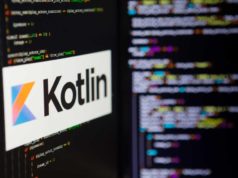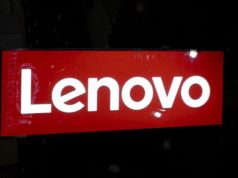Nvidia and Microsoft yesterday made an announcement on new real-time raytracing support. AMD was a bit quiet about that, today the company has made an announcement.
AMD is announcing Radeon ProRender support for real-time GPU acceleration of ray tracing techniques mixed with traditional rasterization-based rendering. This new process fuses the speed of rasterization with the physically-based realism that users of Radeon ProRender expect for their workflows. Radeon ProRender engine, used in Autodesk, Blender and such will get support for real-time ray tracing. This will possibly be mixed with traditional rasterization. Radeon GPU Profiler gets support for ray tracing in version 1.2. With this tool, the performance of different GPU’s can be accurately analyzed.
— AMD —
Announcing Real-Time Ray Tracing
The level of visual detail required of CAD models for the automotive industry or the most advanced film VFX requires a level of visual accuracy that can only be achieved with advanced ray tracing techniques. Ray tracing maps the path of light rays from each pixel of the rendered object back to the camera, realistically simulating light interactions like shadows, reflections and transparency. Ray tracing is very processor intensive resulting in long render times and low frame rates. Alternatively, rasterization (or scanline) rendering uses algorithms to approximate the appearance of 3D objects, surfaces and textures. Rasterization can be accelerated by GPU hardware resulting in real-time rendering and high frame rates making it an ideal fit for gaming. Of course the trade-off with rasterization is that the approximated renders are nowhere close to the photorealism of their ray traced counterparts. These trade-offs between rasterization and ray tracing traditionally impose corresponding constraints on 3D designers who would have to choose between realistic illumination and real-time speeds depending on the priorities of their project.
The differences between rasterization and ray tracing at a computational level have made the combination of these processes a desirable but difficult problem discussed more often in academic papers than practical application. AMD is announcing Radeon™ ProRender support for real-time GPU acceleration of ray tracing techniques mixed with traditional rasterization based rendering. This new process fuses the speed of rasterization with the physically-based realism that users of Radeon ProRender expect for their workflows. At a high level, the process achieves these results by using rasterization to draw basic structures and surfaces before a ray tracing process is used to compute advanced light-effects like reflections, shadows and transparency. The flexibility of the process allows users to decide when these advanced light effects are actually necessary and add noticeable new dimensions of realism to their renders.
So how could real-time ray tracing actually change the way 3D professionals work? Professional users of this new process will be able to achieve far faster render times for their projects saving valuable time and system resources for 3D projects of any scale. Game developers will also be able to achieve a greater degree of photorealism without sacrificing the high frame rates required for smooth real-time onscreen animation. (We’ll talk more about how the new rendering technique can enhance gaming graphics in future blog posts.) Like many of the other open source tools available from GPUOpen, real-time ray tracing will give users more control over the development process unlocking even more performance from your GPU.
—
AMD has planned a press conference tomorrow, where the company likely will give more details, perhaps also a few game support announcements?






